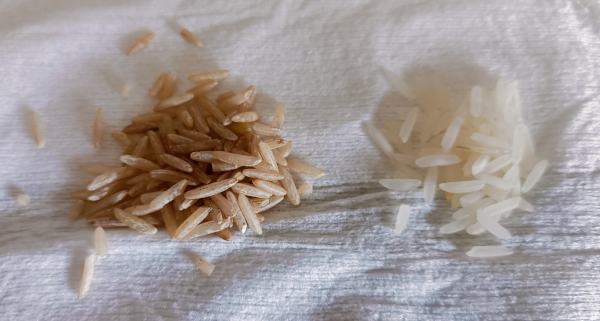Plants that are used for staple foods include wheat and rice.
Plants have long served as the foundational bedrock of human nutrition, providing sustenance and fostering civilizations across millennia. As staple foods, certain plants are particularly integral due to their nutrient density, versatility, and adaptability to diverse agricultural ecosystems.
Wheat (Triticum aestivum), for instance, is a predominant staple in many temperate regions, valued for its high gluten content which facilitates breadmaking and other culinary applications. Read more about wheat and how it Is grown here.
Rice (Oryza sativa), predominating in tropical and subtropical zones, is a vital energy source for billions, its grains a canvas for myriad culinary traditions.

Barley (Hordeum vulgare), one of the earliest cultivated grains, is both a food staple and a primary ingredient for brewing.
Additionally, the potato (Solanum tuberosum), native to the Andes, has transformed global food systems since its introduction to Europe, prized for its caloric density and crop resilience.
Each of the above plants is not simply a source of calories. These plants provide nutrition and are in some areas of the world crucial for survival. They are embodiments of cultural identity, agricultural innovation, and socioeconomic significance. As we advance in our agricultural practices and understanding, it becomes even more imperative to recognize and preserve the value of these staple plants, ensuring their continued role in feeding the world’s ever-growing population.
This page concentrates on foods that are cultivated and harvested as the raw ingredients of many food products, and as staple foods that feed people around the world. If you are interested in cooking, see the Cookery section of the About Plants website for information about cooking vegetables and fruits.
Read more about each type of staple food that plants provide in the specific sections on About Plants. If you have any comments, please get in touch.